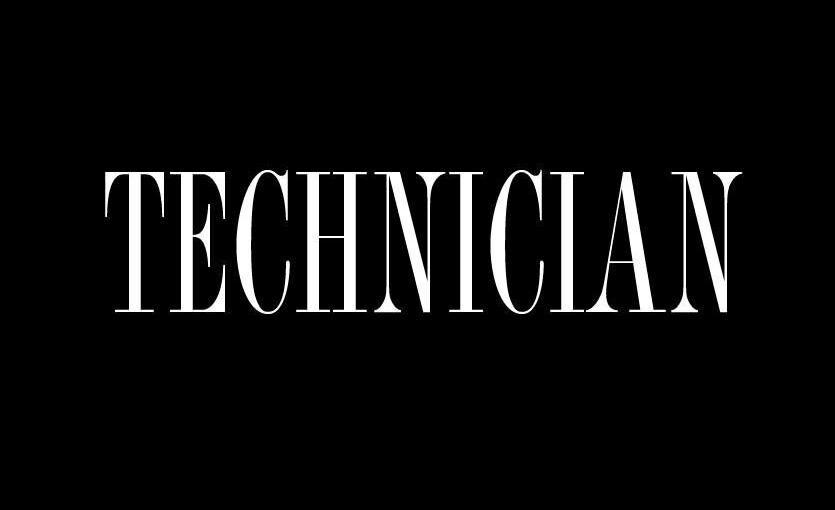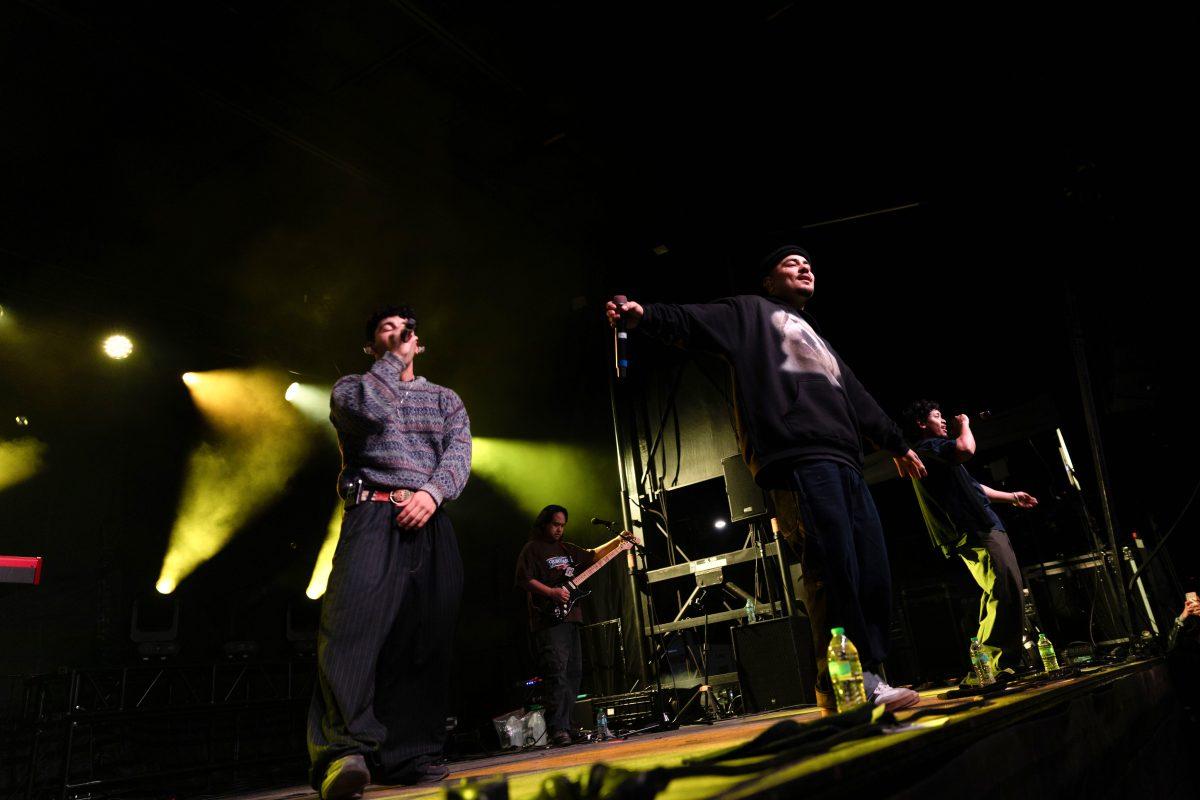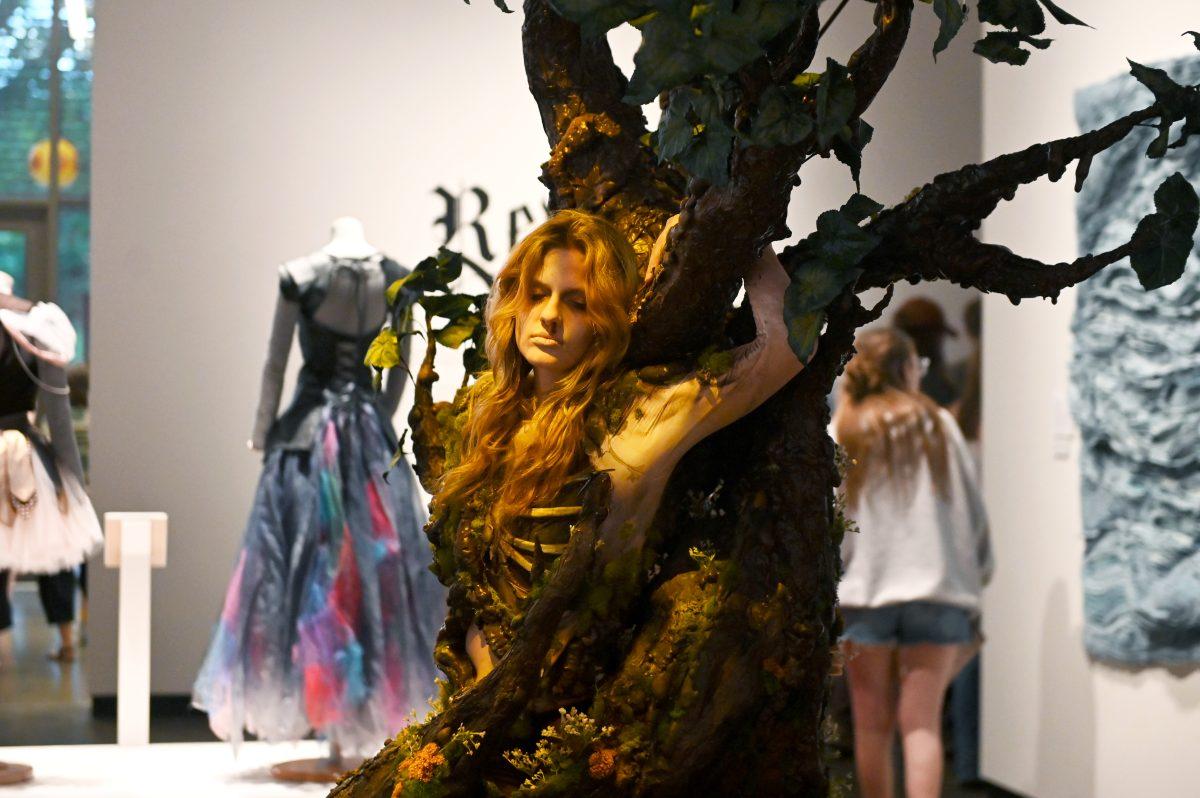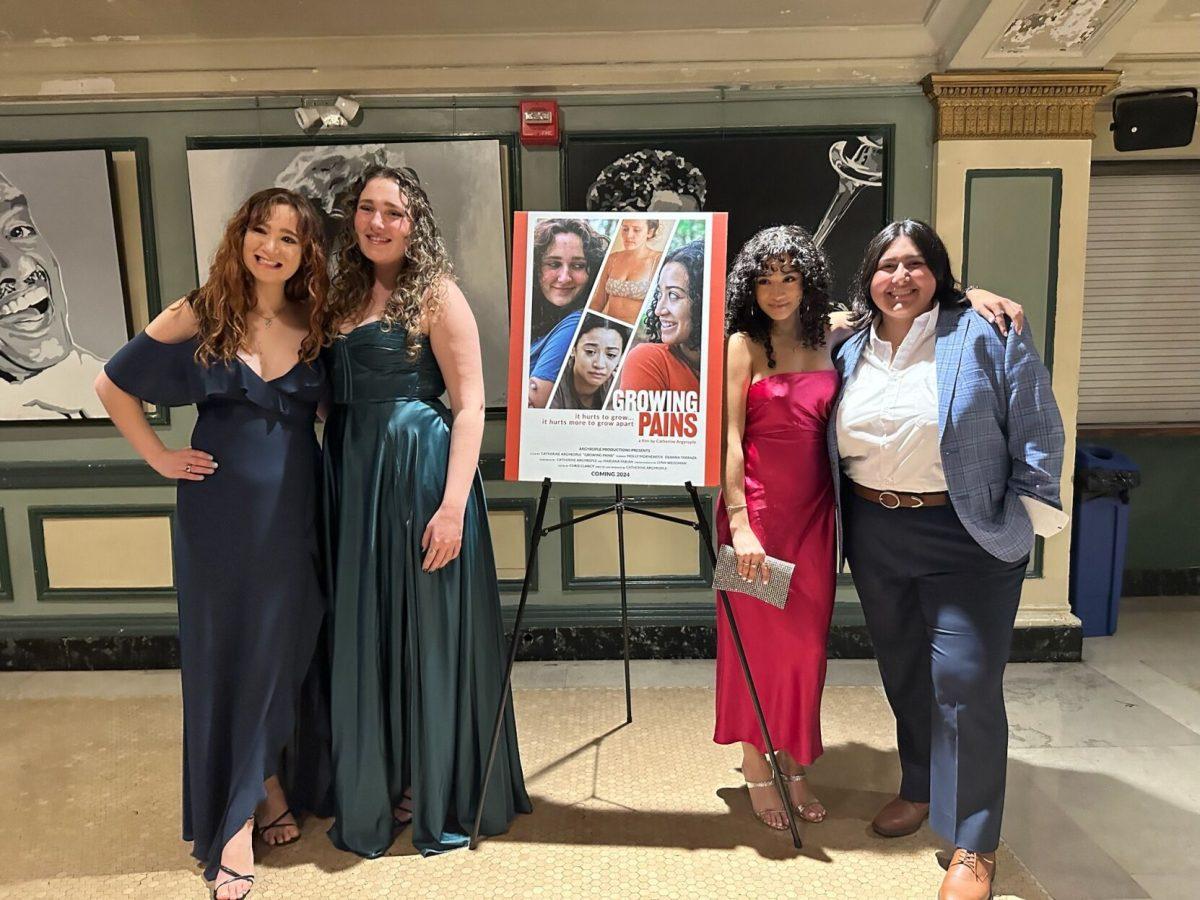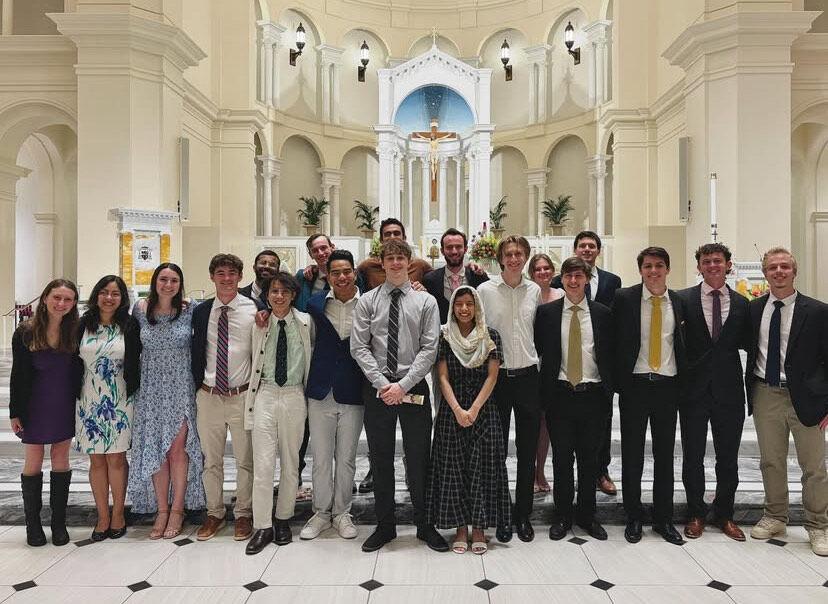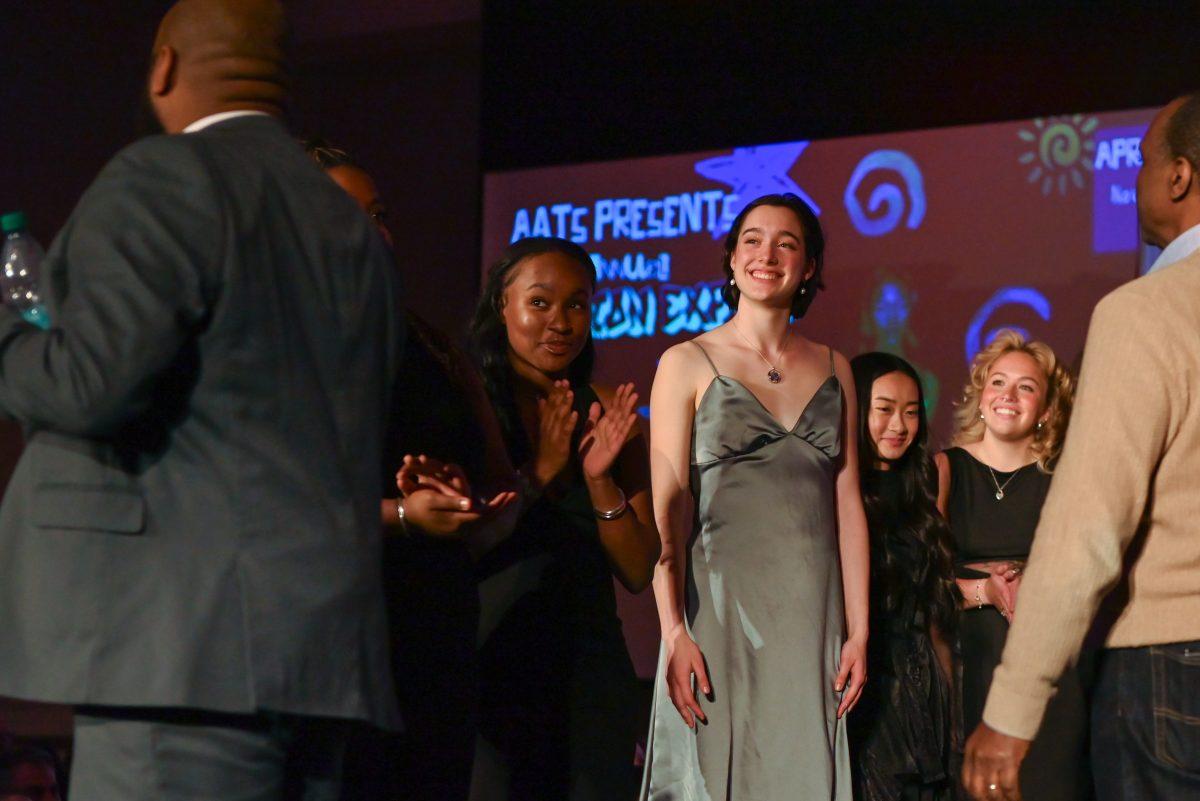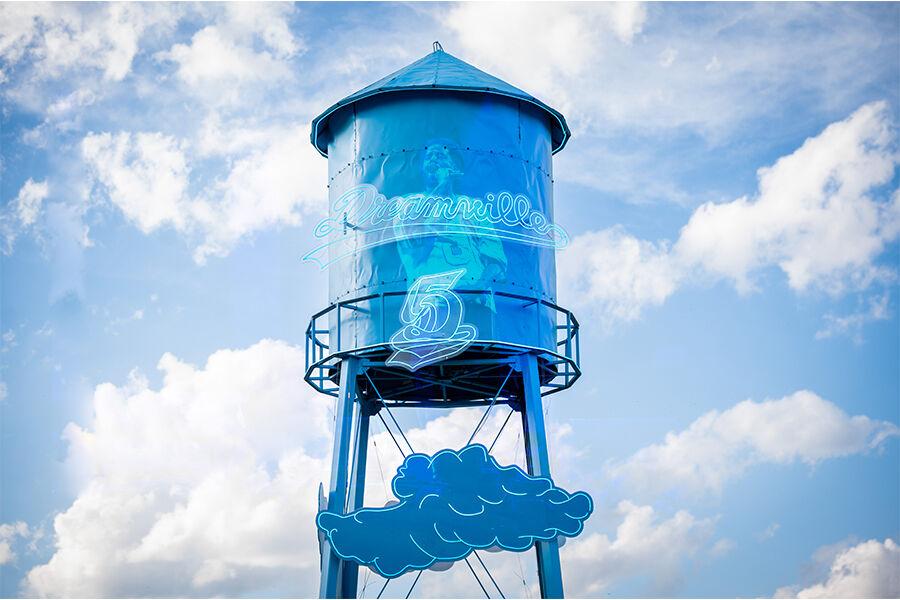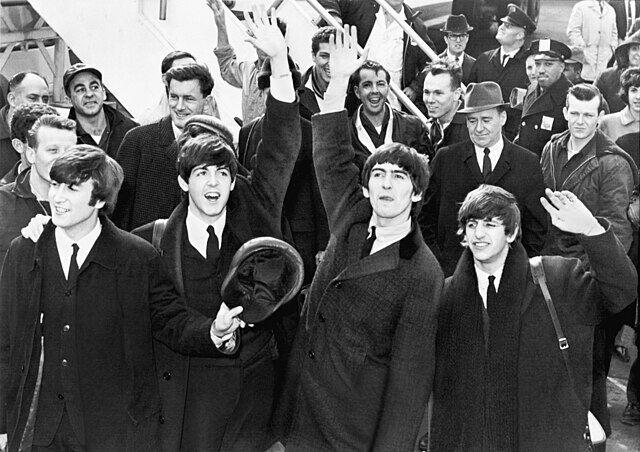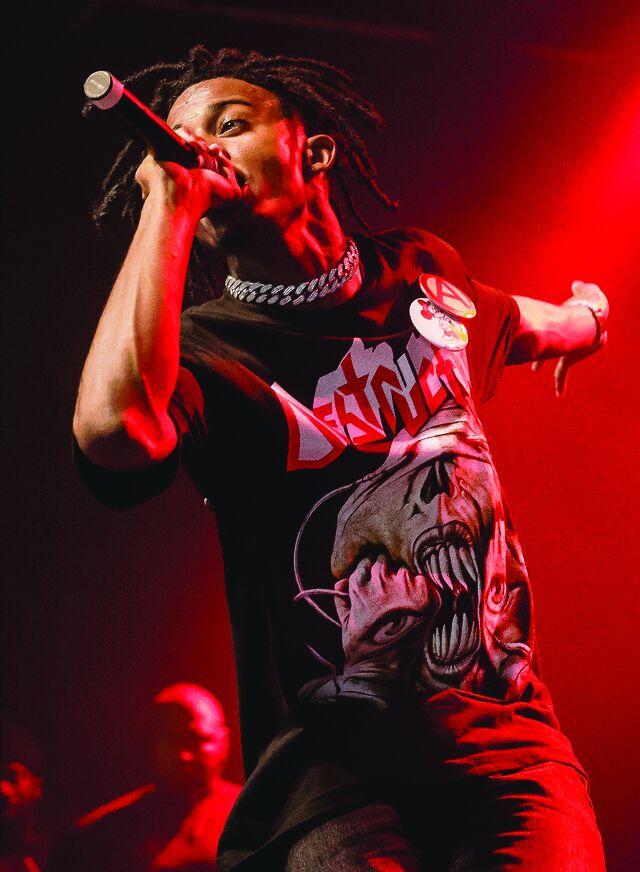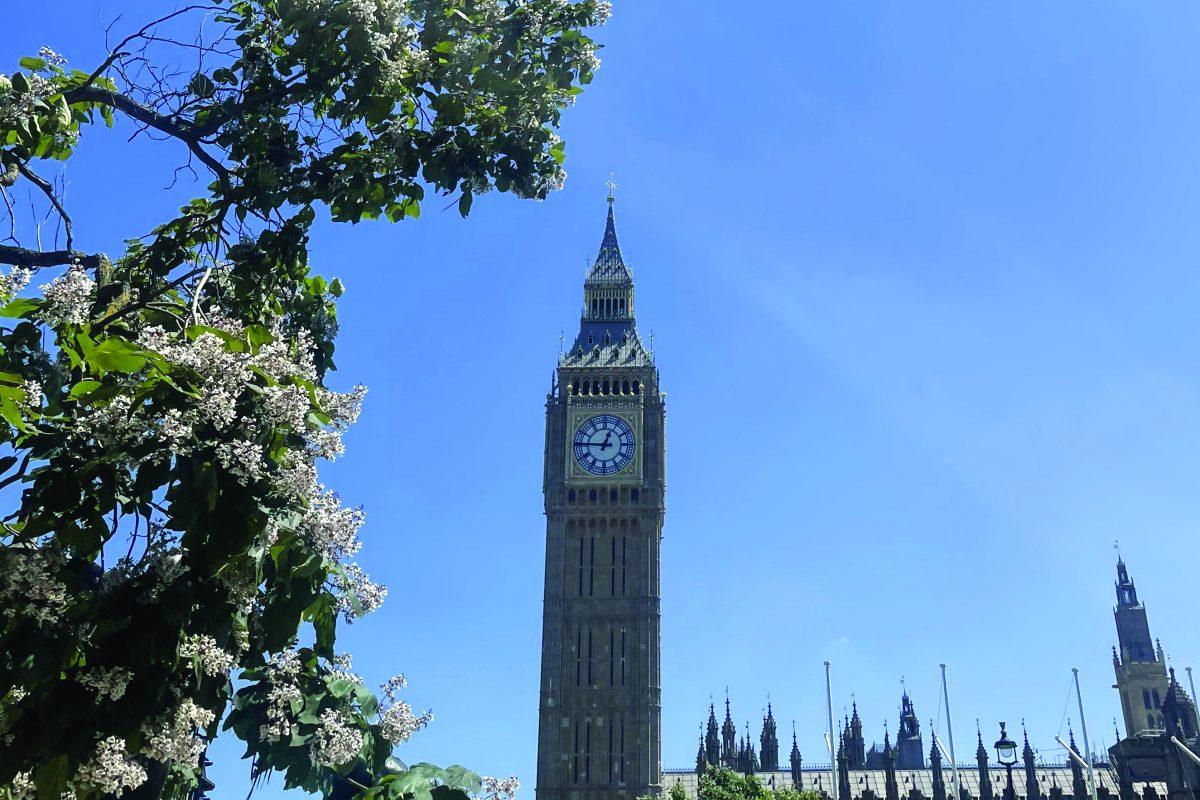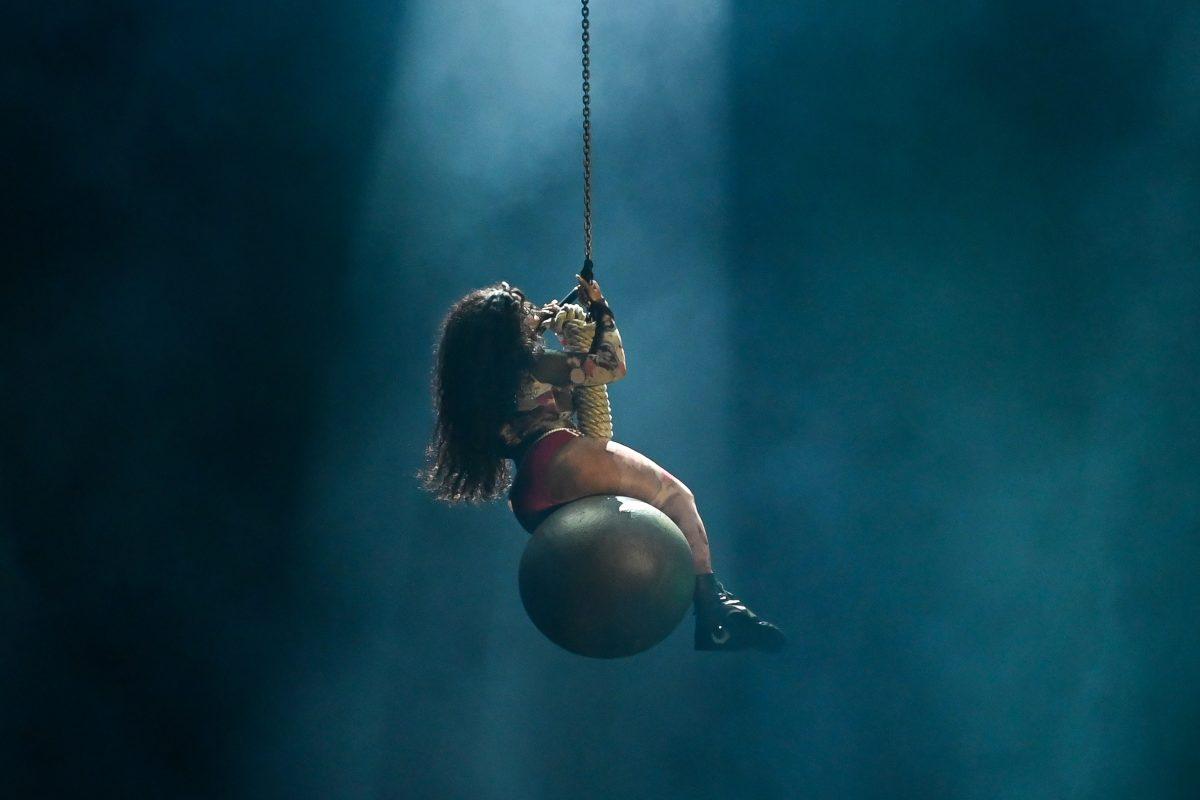Live music is a backbone of our culture. Experiencing your favorite artists up close evokes raw passion from both the performers and the audience, something that can only be experienced in that setting.
Unfortunately, over the last two decades, it has become increasingly difficult for people to experience their favorite musicians live due to rising concert ticket prices. Since 1990, ticket prices have increased by 450%, including a 20% increase since 2021.
In 1993, an iconic clip showed Kurt Cobain, the former lead singer of Nirvana, reacting in shock to the price of Madonna’s tickets, which were around $50. Cobain and the band were in disbelief, considering the price unreasonable.
At the time of the interview, Nirvana charged around $17 to attend a show. Adjusted for inflation, that equates to around $37 today. This was during the height of their success. They were considered the face of the grunge movement, a household name with an album that became certified diamond and sold over 10 million copies.
Today, an artist or band with Nirvana’s fame, such as Bruno Mars or The Weeknd, charges up to $300 for their shows. The difference, when adjusted for inflation, is a $283 increase.
In 1993, Madonna charged around $70 for a show due to the high production value. Adjusted for inflation, her tickets today would cost around $155. Compared to a modern high-production show, like Taylor Swift’s The Eras Tour, the difference is around $400 at face value. When considering VIP packages and resales, the price increase jumps to nearly $2,000.
These numbers show how staggering the inflation of ticket prices is. But what does it truly mean for people who seek out these artistic events?
Beyond an economic standpoint, it highlights how, time and time again, art is exploited to generate mass wealth and further fuel monopolies over the rights to the music we love.
People travel the world and go into debt to experience live music events — in a way, it shows the true strength of art and how far people are willing to go for the music that speaks to them. But what does it mean for those who don’t have that privilege?
Demand for certain artists is widely publicized on the internet, which is a leading factor in the dramatic shift in ticket prices. After decades in the industry, labels know the lengths that people will go to just to catch a glimpse of an album or even a single song that sparked something inside them.
The cost of good art has started to challenge the desire for it, which feels truly dystopian as the over-commercialization of brands and artists grows daily.
This may seem like a criticism of the major household names headlining expensive tours, but it isn’t — they’re playing the game. They have to adjust to the market, whether by their own choice or due to their label’s insistence. They must evolve with the music industry to continue thriving. It’s both unfortunate and understandable.
It’s worth noting that many artists have tours and shows that are extremely affordable. From indie musicians to household names, there are still ways to experience the heartfelt music we all admire live. Even with that luxury, it still doesn’t excuse what the market has become and its capacity to continue growing worse.
For now, all we can do is revel in our favorite music from afar and hope to be one of the lucky ones who catch it at a show.

